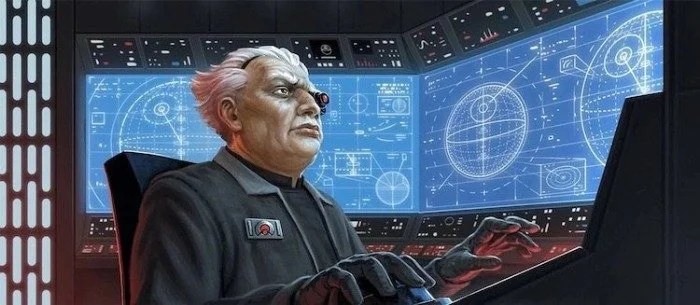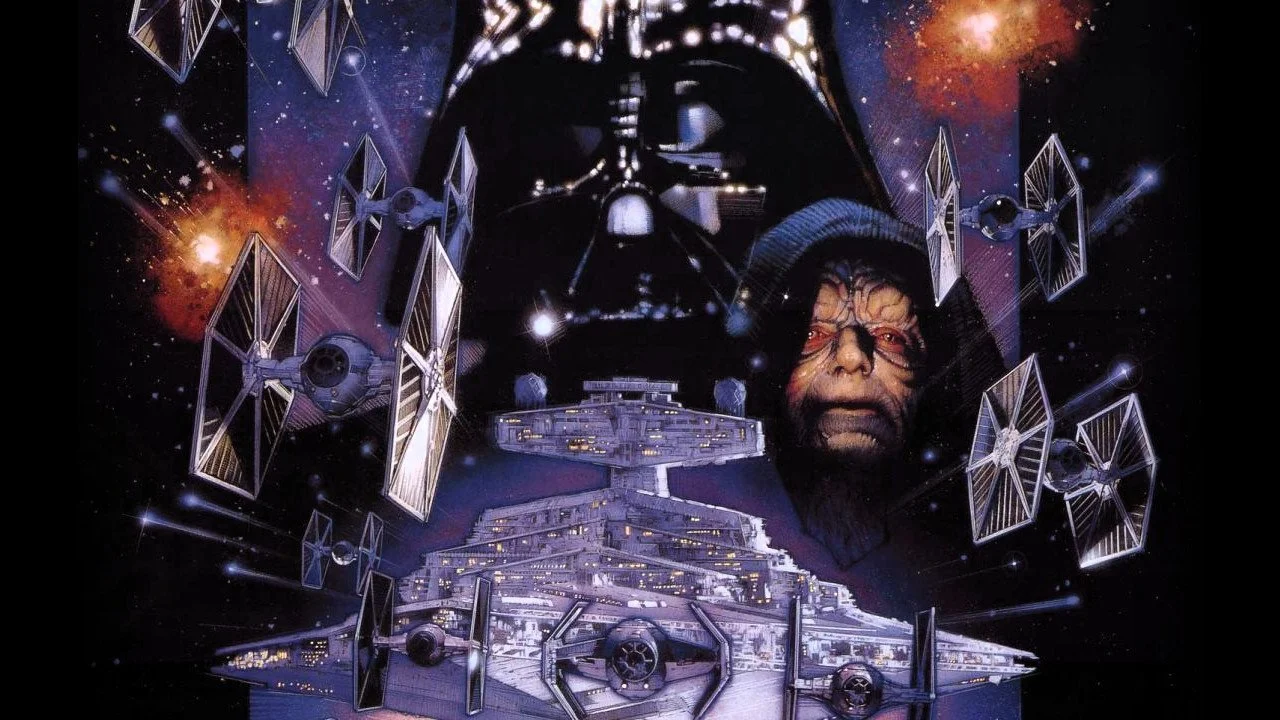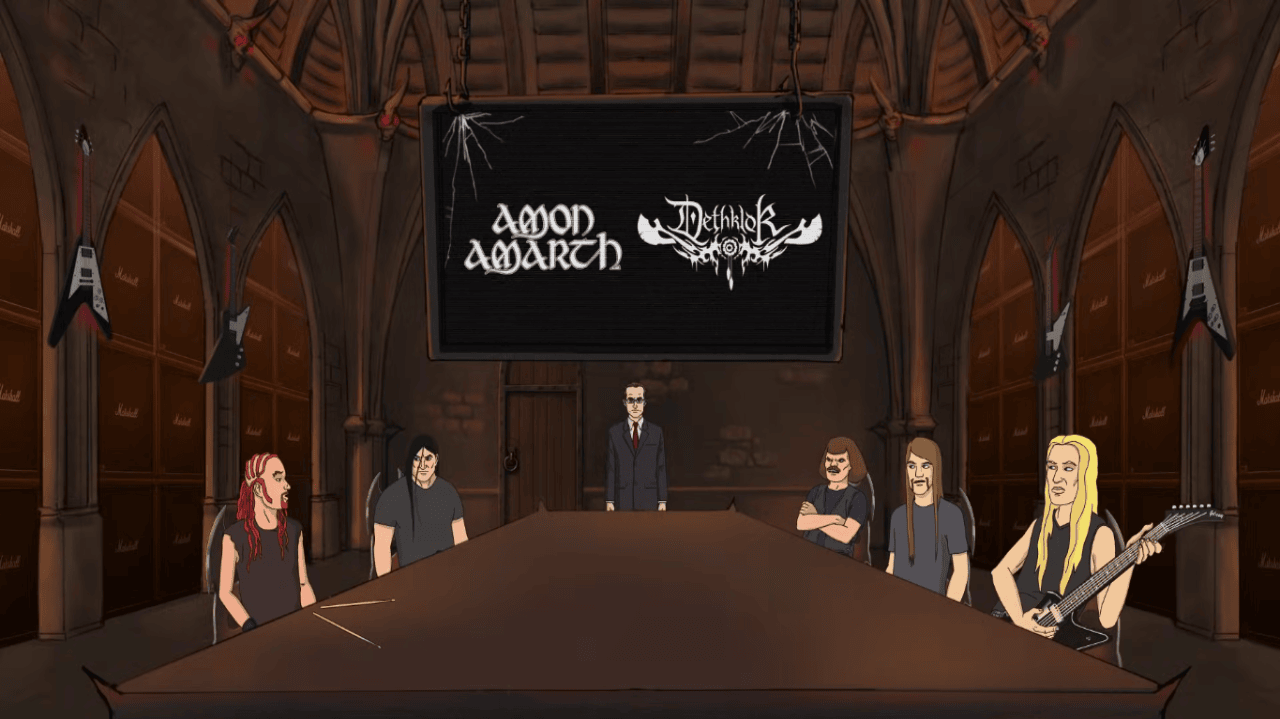Why The Death Star Was So Important To Palpatine
Image Source: Wallpapers
In A New Hope, as Luke, Han, Obi-Wan, and Chewbacca approach the Death Star, Luke mistakenly identifies it as a small moon. Obi-Wan quickly corrects Luke, “That’s no moon… it’s a space station.” The superweapon, the size of a small celestial body, was poised to strike fear into the galaxy’s citizens.
Galactic Emperor Sheev Palpatine, also known as Darth Sidious, was well on his way to becoming the supreme ruler of the galaxy through what would become the Galactic Empire. As Naboo’s Senator and eventually Chancellor, he used his influence in the Galactic Senate to create distrust and uneasiness within the other systems and used his Sith alter-persona to manipulate the ones around him.
RELATED:
Image source: Star Wars Fandom
Sure, Palpatine had authority, but he was missing the one thing that would give him complete control and assert his dominance over the galaxy - power. Building the Death Star would show the galaxy that the Galactic Empire was not to be taken lightly and that obeying would be much easier than opposing. Its sheer size alone would easily strike fear into those who opposed the Empire and give Palpatine the power he desired.
The Death Star and other superweapons were part of the Tarkin Doctrine, Moff Tarkin’s concept to maintain order and security within the Galactic Empire through state terrorism. Based on a plagiarized concept, Tarkin presented it to Supreme Chancellor Palpatine, who then ordered the immediate start of research toward creating a superweapon. The Geonosians created the initial technical design of a spherical battle station; the plans were then given to Count Dooku, who, in turn, gave them to Palpatine. The research and design were merged to create the station’s final plans.
Image source: Star Wars Fandom
Once the Death Star was complete, Palpatine ordered Grand Moff Tarkin to show the galaxy that the Empire was in charge and that any attempts to rebel or overthrow were futile. But, as we know throughout history, people are hesitant to change and don’t appreciate being told how to live their lives. So naturally, the people formed a rebellion and, using the stolen Death Star plans, destroyed it by targeting the two-meter-wide thermal exhaust port placed by Galen Erso in the hopes that the rebellion would discover the fault and exploit the weakness.
Palpatine was so furious about the destruction of the Death Star that he took his anger out on several people involved with the project. In addition, he was worried about the future of the Empire, as its hold on some star systems had already begun to crumble, especially in the outer rim.
In Disney canon, Darth Vader was ridiculed (sometimes directly to his face) and demoted, and Cassio Tagge, the only high-ranking officer who took the rebellion’s threats and the battle station’s weakness seriously, managed to survive the destruction of the Death Star. Palpatine rewarded him by promoting him to Grand General and putting him directly over Darth Vader.
In Legends lore, there was another that suffered immensely at the hands of Palpatine. Bevel Lemelisk, one of the architects of the Death Star, was brought before Palpatine and placed in a cage, only to have piranha beetles released inside, leading him to have a slow and painful death. However, Palpatine knew that Lemelisk was an absolute genius and needed his skill to build another superweapon. So he did what every desperate Emperor would do. He resurrected Bevel and transferred his consciousness into a clone through the Force. Whenever Palpatine felt that Bevel was taking too long to move the plans along, he would kill him through various painful ways, only to resurrect him once again into a clone body.
Image source: Star Wars Fandom
While the second Death Star was being constructed, Palpatine made sure that the thermal exhaust port would not have the same weakness but also felt that making the Death Star bigger and more powerful would bring the Empire back to its rightful place at the top of the food chain. Thanks to the rebellion, systems across the galaxy, especially in the outer rim territories, took full advantage of the weakened Empire by taking back their planets and attacking Imperial shipments. Palpatine wanted to oversee the completion of the battle station, so he paid it a visit, arriving with much pomp and circumstance.
Once again, the plans were stolen, but Palpatine let it happen this time. However, he did not expect his men on the forest moon of Endor to have a lapse in judgment and be taken over by the rebellion, who once again exploited a weakness - by deactivating the shield generator, allowing the rebellion fleet to penetrate the surface level of the second Death Star, and blow it to smithereens.
Image source: Star Wars Fandom
The fact that Palpatine was so close to his goal of Galactic dominance only to have it taken away twice and react to it the way he did shows that the Death Star was more than just a ball of terror to him. It symbolized the final step in his ultimate plan - to have complete power over the galaxy. His hubris ended up being his downfall, as he relied too much on a singular weapon to rule the galaxy.
READ NEXT:
Source(s): Screen Rant, Tor, Inverse, Star Wars Fandom, CBR, YouTube

















